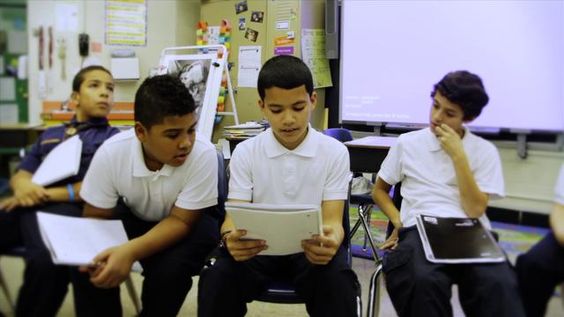In today’s ever-changing world, fostering creativity in schools is essential for students to thrive and succeed. Creative thinking helps children develop problem-solving skills, which can make them more adaptable and versatile within various academic disciplines. As educators, it is our responsibility to promote creativity within our learning environments. Here are four ways to encourage creativity in schools:
1. Provide Opportunities for Student Choice and Ownership
Giving students opportunities to make choices about their learning increases engagement and supports creative thinking. By offering a variety of projects and assignments that cater to different interests and learning styles, students can take ownership of their work. Additionally, encouraging students to set their own goals and track their progress can motivate them to think creatively about how they can excel in their studies.
2. Integrate Art and Design Across the Curriculum
Integrating art and design into various subjects allows students to engage with the material in a more creative way. For example, including art lessons alongside historical or scientific topics can encourage visual representations of the material. This method enables students to better understand complex concepts while also developing their artistic skills, leading to an increased potential for innovative thinking.
3. Encourage Collaboration
Promoting collaboration among students not only fosters social skills but also stimulates creative thinking by allowing students to build on each other’s ideas. Group projects or cooperative learning activities can create an environment where diverse perspectives are considered, leading to more innovative solutions. Teachers should facilitate open discussions among group members while providing guidance and support as needed.
4. Create a Safe Space for Risk-taking
A classroom should be an environment where students feel safe enough to take risks without fear of failure or ridicule. By embracing mistakes as necessary components of the learning process, teachers can demonstrate that there is value in trying new approaches and pushing boundaries. Encouraging this kind of risk-taking ultimately leads to greater exploration and innovation among students.
In conclusion, promoting creativity in schools is crucial as it equips students with essential skills for overcoming challenges and excelling in their future careers. By providing student choice, integrating art and design, encouraging collaboration, and creating a safe space for risk-taking, schools can harness the creative potential of their students and support them in becoming well-rounded and innovative thinkers.





